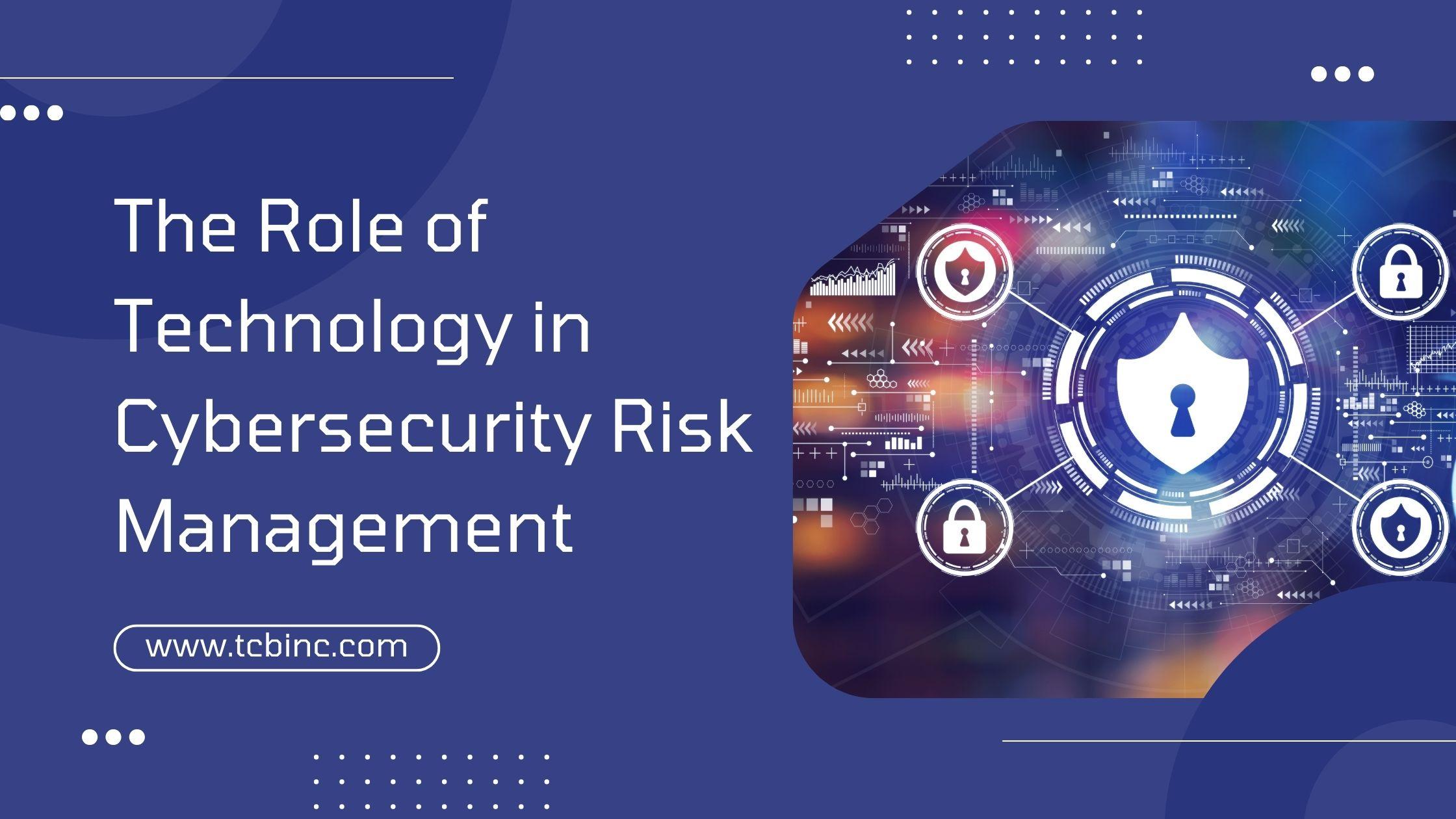In an era where digital transformation drives business innovation and efficiency, cybersecurity risk management has become more critical than ever. Cyber threats are evolving in complexity and scale, demanding robust and dynamic defense mechanisms. Technology plays a pivotal role in empowering organizations to anticipate, detect, and mitigate these risks effectively. This blog explores how various technological advancements contribute to comprehensive cybersecurity risk management.
1. Artificial Intelligence and Machine Learning
Predictive Analytics
Artificial Intelligence (AI) and Machine Learning (ML) have revolutionized cybersecurity by enabling predictive analytics. These technologies analyze vast amounts of data to identify patterns and anomalies indicative of potential threats. By predicting and preempting cyber attacks, organizations can take proactive measures to mitigate risks.
Automated Threat Detection
ML algorithms continuously learn from new data, improving their ability to detect known and unknown threats. Automated threat detection systems can identify unusual behavior in real-time, enabling swift responses to emerging threats.
2. Blockchain Technology
Secure Transactions
Blockchain technology offers a decentralized and tamper-proof ledger, enhancing the security of digital transactions. By ensuring data integrity and authenticity, blockchain reduces the risk of fraud and cyber attacks targeting transactional systems.
Identity Management
Blockchain's cryptographic features can be used for secure identity management. Decentralized identity verification processes ensure that personal data is protected from unauthorized access and breaches.
3. Internet of Things (IoT) Security
Device Authentication
With the proliferation of IoT devices, securing them has become a significant challenge. Advanced IoT security solutions focus on device authentication and authorization, ensuring that only trusted devices can access the network.
Network Segmentation
Technology enables effective network segmentation, isolating IoT devices from critical systems. This reduces the risk of lateral movement by attackers who may compromise a less secure device.
4. Cloud Security
Encryption
Cloud security technologies emphasize robust encryption methods to protect data at rest and in transit. Encryption ensures that even if data is intercepted, it remains unintelligible to unauthorized users.
Access Control
Advanced access control mechanisms in the cloud use multi-factor authentication (MFA) and role-based access control (RBAC) to ensure that only authorized individuals can access sensitive data and systems.
5. Endpoint Protection
Next-Generation Antivirus
Traditional antivirus solutions are often insufficient against sophisticated threats. Next-generation antivirus (NGAV) solutions leverage AI and behavioral analysis to detect and respond to malware, ransomware, and other advanced threats.
Endpoint Detection and Response (EDR)
EDR solutions provide continuous monitoring and response capabilities for endpoints. They collect and analyze data from endpoint devices, enabling rapid detection, investigation, and mitigation of security incidents.
6. Security Information and Event Management (SIEM)
Real-Time Monitoring
SIEM systems aggregate and analyze log data from various sources in real-time, providing comprehensive visibility into the network's security posture. This real-time monitoring helps identify and respond to threats quickly.
Incident Response
SIEM solutions streamline the incident response process by correlating data from multiple sources, prioritizing alerts, and automating response actions. This reduces the time and effort required to manage security incidents.
7. Zero Trust Architecture
Micro-Segmentation
Zero Trust architecture advocates for micro-segmentation, where the network is divided into smaller segments, each with its own security controls. This approach limits the potential impact of a breach by containing the attack within a single segment.
Continuous Verification
In a zero-trust model, continuous verification ensures that users and devices are authenticated and authorized at every access request, regardless of their location within or outside the network.
8. Deception Technology
Honeypots and Honeynets
Deception technology involves deploying honeypots and honeynets—decoy systems designed to attract and trap attackers. These decoys provide valuable insights into attacker behavior and tactics while diverting them from critical assets.
Threat Intelligence
Data collected from deception technologies can be used to enhance threat intelligence, improving the organization's ability to anticipate and defend against future attacks.
Conclusion
Technology is at the forefront of cybersecurity risk management, offering innovative solutions to combat ever-evolving cyber threats. By leveraging advanced technologies such as AI, blockchain, IoT security, cloud security, endpoint protection, SIEM, Zero Trust architecture, and deception technology, organizations can build a robust cybersecurity framework. These technologies not only enhance the ability to detect and respond to threats but also create a proactive security posture that anticipates and mitigates risks before they materialize. As cyber threats continue to grow in sophistication, the integration of cutting-edge technologies into cybersecurity strategies will be paramount in safeguarding digital assets and maintaining business resilience.

